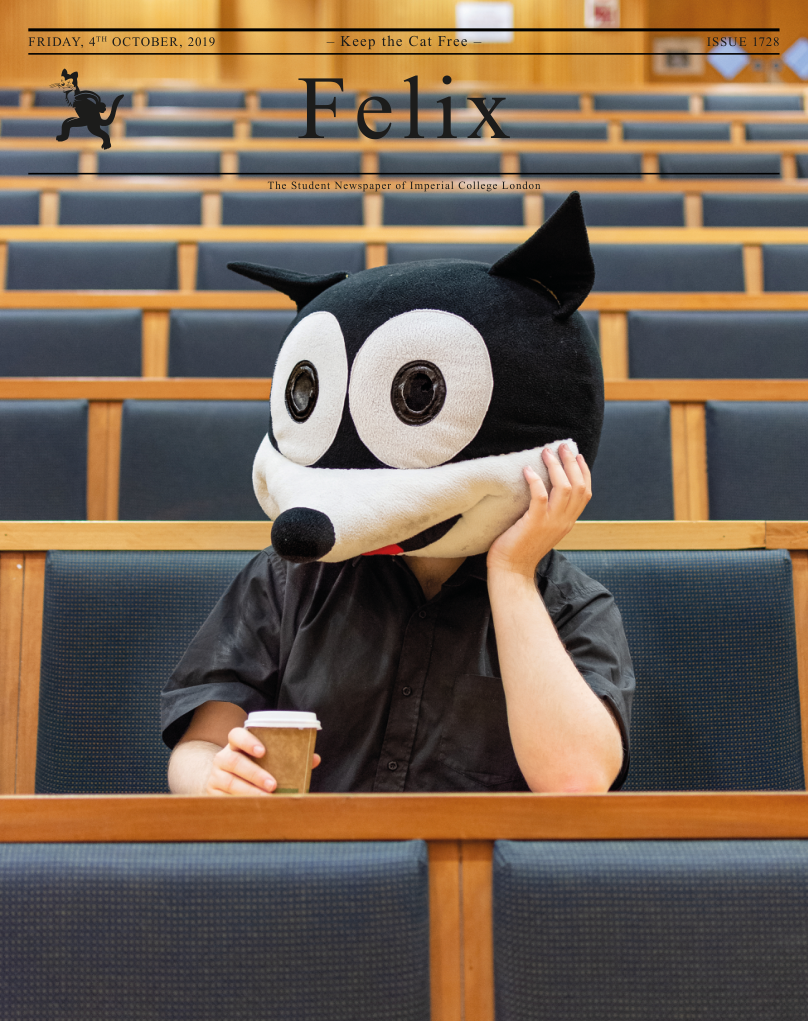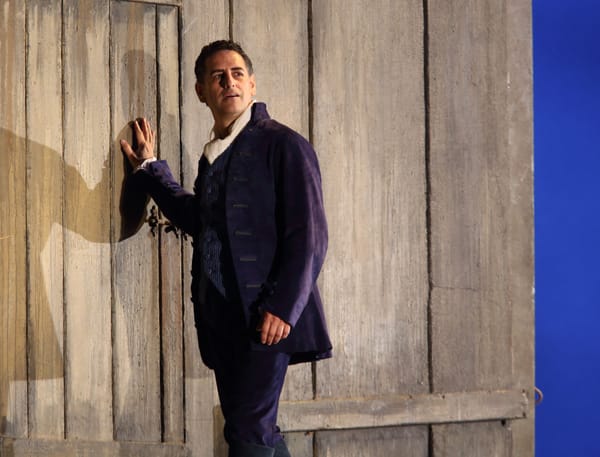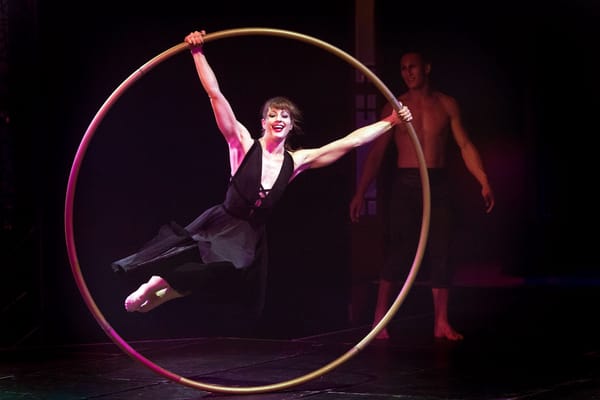Manga Exhibition at the British Museum

Ask the uninitiated what manga is, and they’ll probably tell you something about “Japanese cartoons with the big eyes and crazy hair” or, if you’re my mum, “Japanese nerd stuff that’ll turn you into a shut-in NEET pervert”. For me, manga and anime were one of few cultural touchstones that I could really connect with when I moved to England as a child, the aesthetic a familiar friend amongst the alien style and language of Western media. Through all the noise of hyperactive toy adverts and shows about poorly-dressed sea sponges, the only thing that I would latch onto was characters such as Usagi from Sailor Moon, her big eyes, crazy hair, and glorious tri-tone sailor outfit a reminder of a culture I had left behind. And manga didn’t stop at being a connection to my past. Later on, I stumbled upon my dad’s collection of Ranma ½, Rumiko Takahashi’s gender-bending comedy epic, which helped inform my conception of identity and gender itself. This culture-spanning, character-defining property of manga was the focus on the British Museum’s manga exhibition which opened at the end of May.
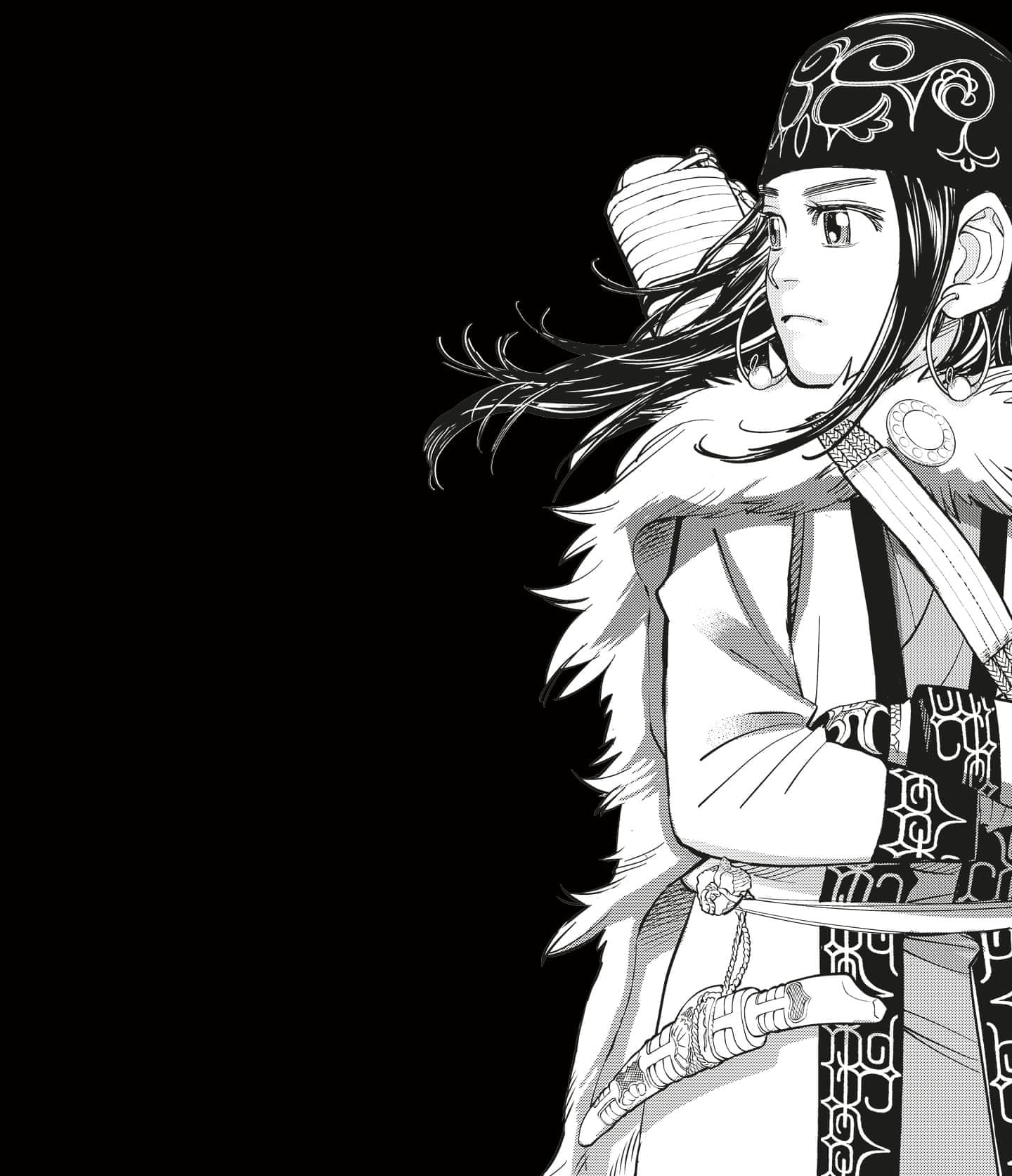
The introductory exhibits were mainly used as a way of orienting those unfamiliar to the manga format, offering helpful hints such as panel reading order and even a beginner’s guide to the “grammar” of manga from the book Giga Town: album of manga symbols. These symbols, called “manpu” (or mampu depending on romanisation) are so embedded into the vocabulary of most manga readers that it was actually refreshing to be offered a semiotic analysis of iconography that was previously processed subconsciously (here’s a free dissertation idea, you’re welcome). What followed were sections describing everything manga related, from history to genre to wider applications. These were exemplified with awe-inspiring original hand-drawn images from popular manga, some of which were so expertly crafted they could pass as digital renderings even at close viewing.
As expected of a British Museum offering, there’s an emphasis on history, with key artists such as Tezuka Osamu (“God of Manga” and creator of Astro Boy) and Hokusai (famed ukiyo-e painter and printmaker) taking key mentions. Fortunately, a whole diverse cast of other mangaka also get a chance to shine, with their key works on display and a panel introducing them in flashcard format. Not only did we get photos and place of work, we were also treated to quotes from the artists, such as Chiba Tetsuya (Tomorrow’s Joe) “You don’t want people to read your manga, you want them to feel it”; interesting facts, such as Akika Higashimura’s (Princess Jellyfish) love of growing succulents; and even their blood group. The inclusion of blood typing may seem like an odd piece of extraneous information, but for anyone who has ever read a manga character bio, it is a piece of information that comes as easily to the Japanese character make-up as star sign or favourite food. And like a star sign or favourite food, the blood typing is considered an important indicator of personality as based on the “Japanese Blood Type Personality Theory” (watch Ketsuekigata-kun! for more information).
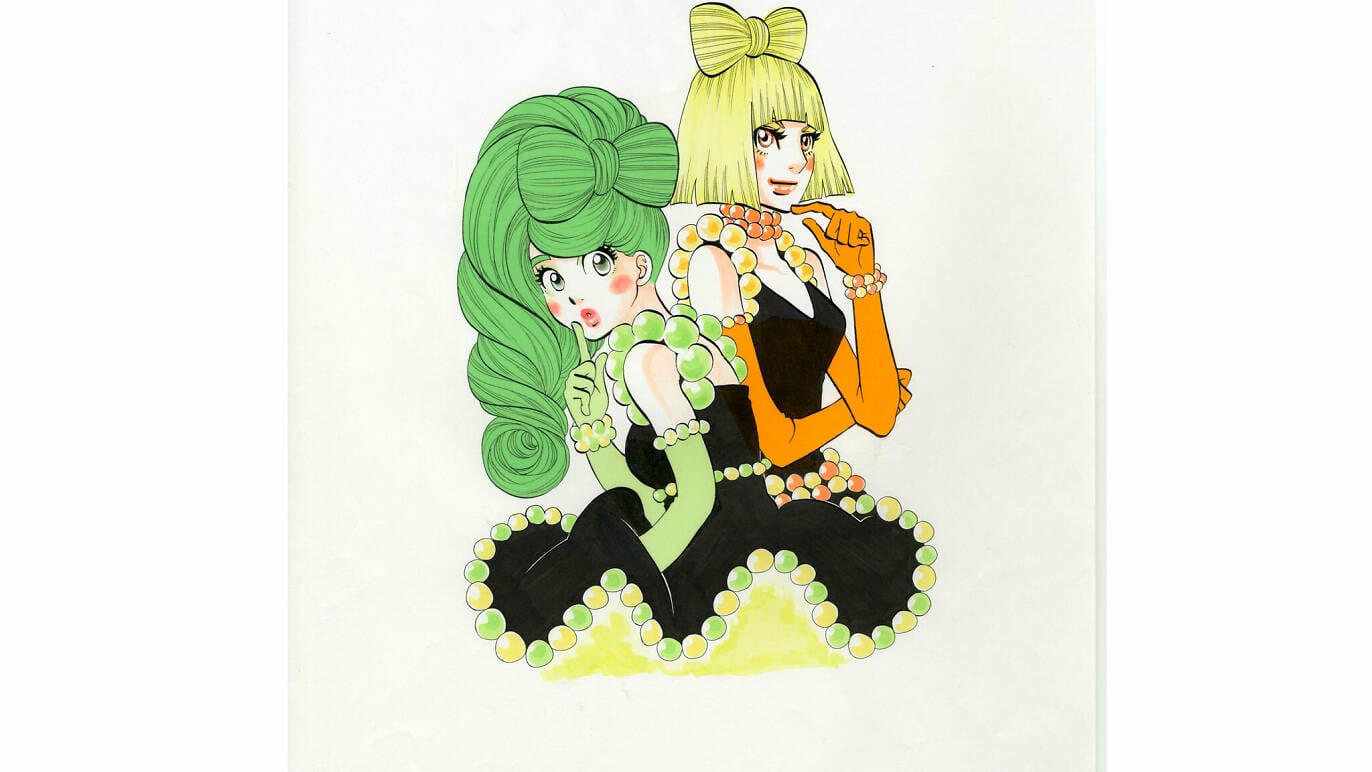
The only major source of disappointment of this exhibition came down to the lack of space. Touted as the “largest exhibition of manga ever to take place outside of Japan”, one would expect an endless pavilion of manga charm. Unfortunately, the exhibition hall was not the size such a collection warranted. Add to that the immense popularity of the exhibition and the “largest exhibition” suddenly feels positively claustrophobia-inducing. It’s safe to say that any statement relating to size is really a matter of relativity and I should know better by now than to be drawn in by such boasts. However, given the space limitations, the exhibition did remarkably well in fitting in all a long-time fan or a beginner would want to see.
These exhibitions can often come off as rather entry-level, especially when this exhibition was designed to capture the widest audience as possible. And play to the crowds it did. Not only was there a whole section dedicated to Studio Ghibli, there was also a life-sized titan head from Attack on Titan, and a library of manga volumes to peruse at your leisure. However, the true strength of the exhibition was its readiness to proudly display the often bizarre and overlooked aspects of manga culture, from mangaka blood typing to original, hand-painted Shintomi Theatre stage curtains. These smaller touches and more obscure asides, like big eyes and crazy hair in my younger years, were helpful reassurances that I had found my space. Sorry mum, it looks like you’re going to end up with a shut-in NEET pervert for a son and you have the British Museum to thank.
- 4.5 stars

